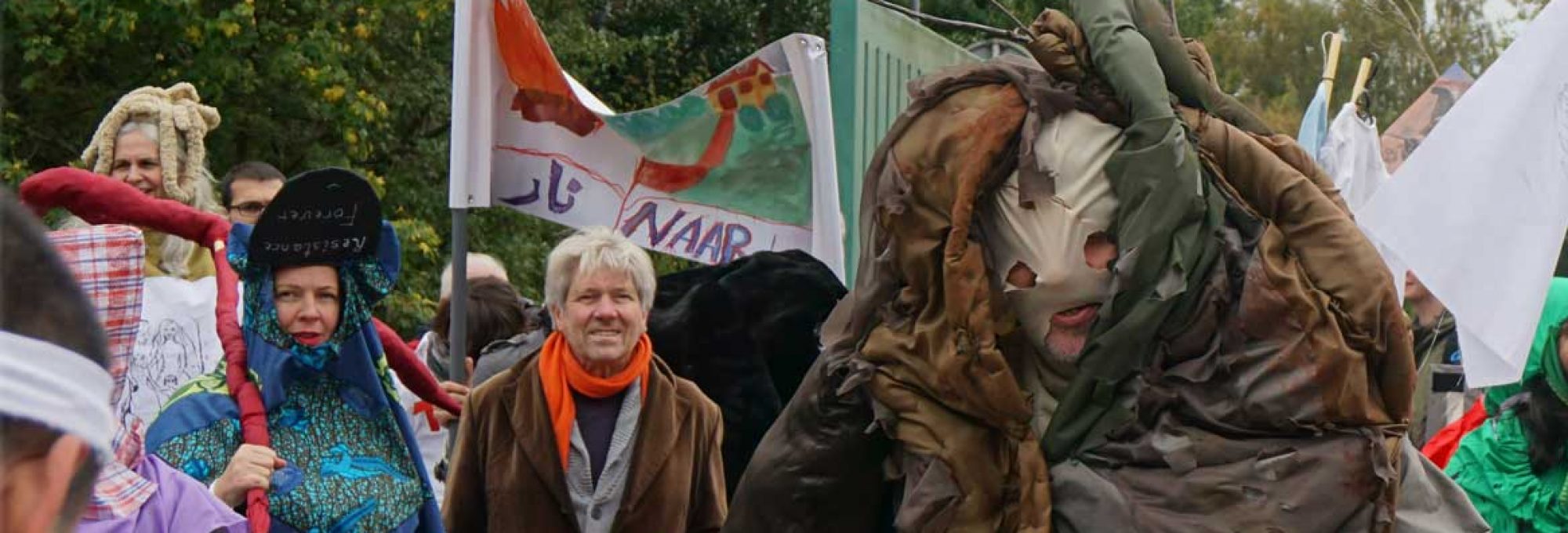ACC Gallery Weimar, Germany,
2021/2022
A brief introduction
Defamation as an instrument of social control with unaccountable consequences seems to have been always present. As a communication strategy, it often serves to exclude individuals, makes society and individuals ill, bears the traits of a passion. Yet it appears to be an anthropological given, closely linked with curiosity, rumor, gossip, and betrayal. So we, too, are at risk, because a particular criminal energy is not required for defamation – in times of digital networks, it is even tempting and easier for everyone, and the transition from inconspicuous ordinary citizen to the defamator is fluid. We are apparently seduced into defamation by a heightened need for aroused sense of control and aroused desire for power, in short a potential, a block-warden-mentality that is potentially dormant in us. Non-political backgrounds are often the cause of ‘common’ defamation, rather hidden private motives such as envy, resentment, bitterness, feelings of revenge and jealousy play an important role. If one can exert little influence in any other way, he or she might try to get rid of a competitor or to exercise power over a superior by making a false (anonymous) statement. The feeling of being of influence seems to some so appealing that moral considerations are superseded. At the same time, different social environments produce different patterns of defamatory behavior, ranging from personal favoritism to state domination and combinations of both. It is possible that the tendency to defamation is particularly high in times of diffuse political insecurity. Its effectiveness also depends on the prevailing norms and social conditions. An ethic of dealing with our information behavior and its consequences is unavoidable, because, just as there are reports that are ethically required or reports to the state or institutions are necessary, other reports can be devastating for the individual. As is known, the victims of defamation as a ‘weapon’ often suffer from vehemently damaged trust; they have not infrequently paid with their lives.
In an upcoming international group exhibition, eight to ten artists will show works that explore defamatory behavior and examine various aspects of defamation, works that deal with specific cases of defamation, its history, the psychology of the defamator and the victim, defamation techniques and language use, the role of (mass-)media and social networks, the role of anonymity, and so on.

Natalia Pershina-Yakimanskaya